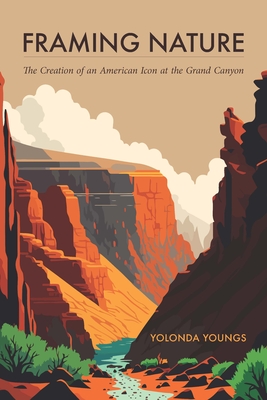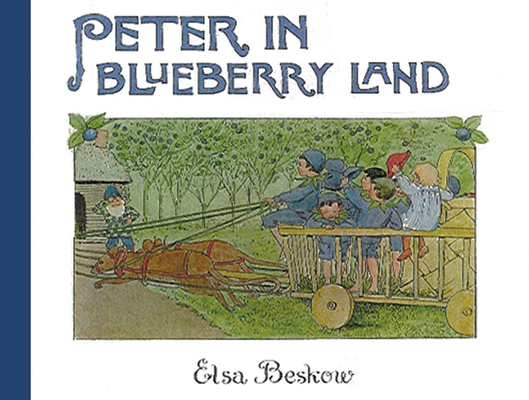
Youngs, Yolonda
product information
description
er is an internationally known feature of the North American landscape, attracting more than five million visitors each year. A deep cultural, visual, and social history has shaped the Grand Canyon's environment into one of America's most significant representations of nature. Yet the canyon is more than a vacation destination, a movie backdrop, or a scenic viewpoint; it is a real place as well as an abstraction easily summoned in the minds of Americans. The Grand Canyon, or the idea of it, is woven into the fabric of American cultural identity and serves as a cultural reference point--an icon. In Framing Nature Yolonda Youngs traces the idea of the Grand Canyon as an icon and the ways people came to know it through popular imagery and visual media. She analyzes and interprets more than fourteen hundred visual artifacts, including postcards, maps, magazine illustrations, and photographs of the Grand Canyon, supplemented with the words and ideas of writers, artists, explorers, and other media makers from 1869 to 2022. Youngs considers the manipulation and commodification of visual representations and shifting ideas, values, and meanings of nature, exploring the interplay between humans and their environments and how visual representations shape popular ideas and meanings about national parks and the American West. Framing Nature provides a novel interpretation of how places, especially national parks, are transformed into national and environmental symbols.
member goods
No member items were found under this heading.
Return Policy
All sales are final
Shipping
No special shipping considerations available.
Shipping fees determined at checkout.







